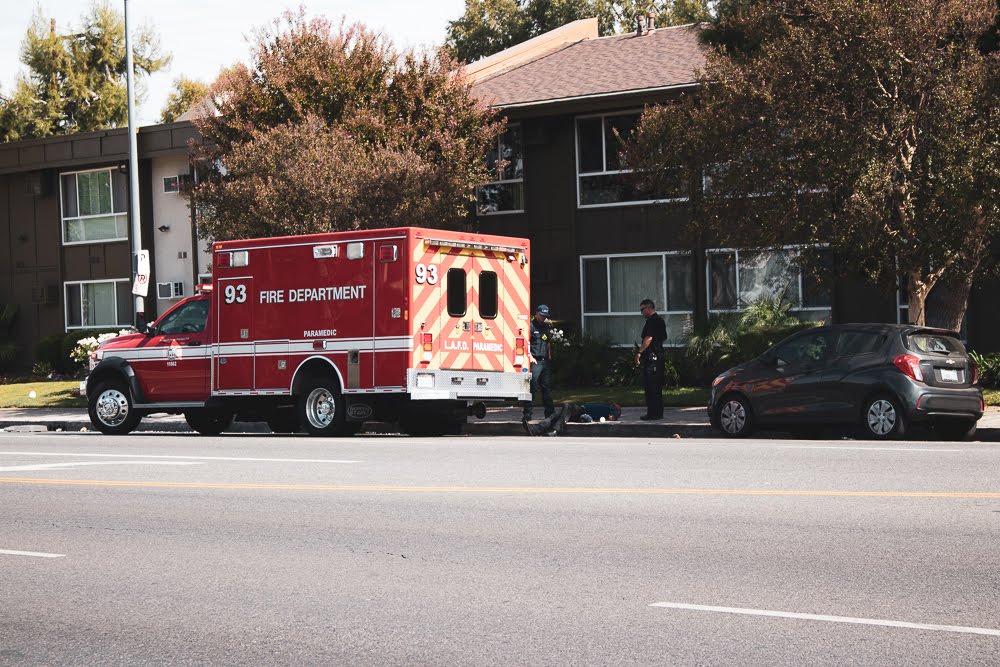There are a variety of different ways that an accident can be caused in the state of Pennsylvania. Unfortunately, the most common cause is the negligence of one or both parties involved. This can include driving under the influence, texting and driving, speeding, reckless driving, and much more. The aftermath of these accidents is often frightening and confusing for those involved. In addition to potential injuries, there are many financial matters that need to be handled as well. These situations can vary depending on who is at fault for the accident. Continue reading below and reach out to an experienced Pennsylvania automobile accident attorney to learn more.
No-Fault Law in PA
In Pennsylvania, all people who own and drive an automobile are required to have car insurance. This must be a minimum amount of coverage. Part of the policy includes choosing between “limited tort” and “full tort” coverage. This decision can impact a person’s options in the event that they find themselves in a car accident. This makes the state of Pennsylvania a no-fault car insurance state.
Under no-fault law, a driver’s personal car insurance policy pays for their medical treatment as well as other expenses that stem from the car accident. It is important to know that the payments are up to a certain limit. In addition to this, these payments are made to the driver regardless of who is at fault for causing the accident. However, keep in mind that vehicle owners in Pennsylvania have the choice to opt-out of this no-fault system when they decide to purchase a car insurance policy.

What if the Accident was Partially my Fault?
It is a horrible feeling to look up from a car accident and realize that you are at fault, or partially at fault, for what happened. People in these situations often panic and wonder what will be owed of them as a result of their involvement. When dealing with situations where two parties share the blame for a car accident, the state of Pennsylvania abides by what is referred to as a “modified comparative fault” rule.
In most cases dealing with modified comparative fault, the jury calculates two things based on evidence: the total dollar amount of the plaintiff’s damages and the percentage of fault that belongs to each party. Under the modified comparative fault rule, the plaintiff’s award for damages is reduced by a percentage that is equal to their share of fault. If a driver is found to be more than 50% at fault for the accident, they will receive nothing.
Contact our Firm
If you or a loved one has been in a personal injury accident in Pennsylvania, it’s important that you contact an experienced Philadelphia personal injury attorney to help you with your case and to make sure that you are not taken advantage of. Contact Spear Greenfield to get the right attorney in your corner.
Call or text (215) 985-2424 or complete a Free Case Evaluation form










